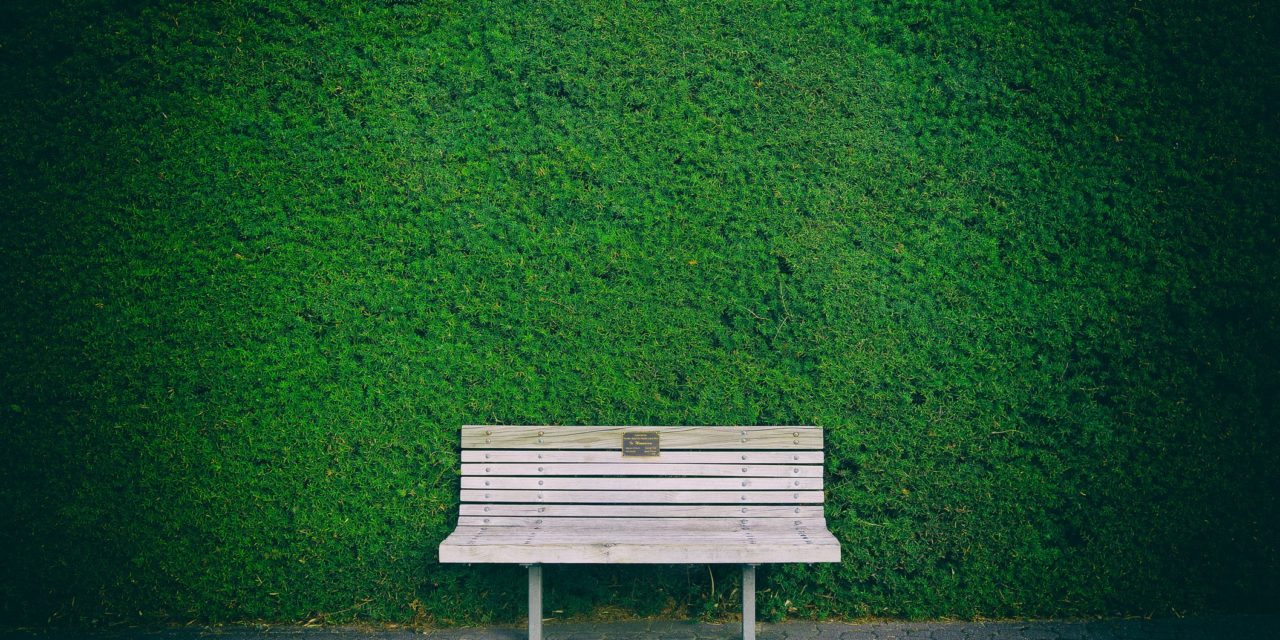[ad_1]
You can create a chic landscape without turning it into a design disaster. According to the American Heritage Dictionary, “kitsch” is defined as “sentimentality or vulgar, often pretentious bad taste, especially in the arts.” Applying this term to the landscape can be quite different. It could imply specific garden elements unnecessary in the landscape or a plant species variety that is too dominant. Whatever the reasoning, here are a few tips to keep your garden looking unique without being kitsch.
Simplify the landscape. Consider how you would like the space to be utilized. Will there be spaces for entertaining guests, family gatherings, play areas for kids and pets, etc.? You may also want to xeriscape gardens or maintain specific plant varieties native to your region. Too much of a good thing can turn your landscape into a nightmare. Keep garden spaces simple and allow room for plants to mature. Gnomes and glass objects may be “fun” for some gardens, but distracts from the original purpose of a garden. Redefining the space will further clarify what plants will grow best in a thriving landscape.
Choose quality materials. Select hardscape or groundcover materials that maintain a sleek design and contrast that will compliment plant choices. Consider changing your patio furniture with new materials. Use green materials such as eco-friendly decking or wood materials such as ipe wood that last awhile in harsh environmental conditions. De-clutter your landscape of unused materials or objects that you may have picked up along the way, but really serve no purpose in your yard.
Plants with quality and contrast. Choose plants that will provide seasonal interest. They should also have a unique edge such as color, texture, or form. Make sure there is enough variety without choosing plants that clash. Keep plantings that will compliment one another, throughout the landscape.
Lighting. This is one element many homeowners tend to neglect. The right lighting can add a certain ambiance, while naturally enhancing the form and structure of your landscape and plant material. Lighting around walkways, specimen trees, water features, and in tree trunks may be considered.
Placing materials. Try something different besides foundation plants surrounding your house or property line. You can still maintain privacy with fencing, hardscape materials, and choosing plant species with the right height, texture, form, and color for your landscape. Consulting your local landscape design expert or nursery may also answer your questions regarding new materials as well as detailed design and installation options.
[ad_2]
Source by Charlie Allen


